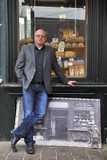Local flavour / Ghent
Flemish flair
Monocle samples the Belgian city’s top food and drink haunts with a renowned local wine expert.
With the launch of Tong wine magazine, Belgian Filip Verheyden has pushed the boundaries of wine journalism and found fans among the world’s leading wine critics and producers along the way.
“Tong has no advertising and pays for itself through subscriber fees. Each 48-page issue is themed on subjects ranging from a single grape to the topic of terroirs and has to spark debate,” says Verheyden, a former food journalist, chef and cookbook publisher.
Verheyden takes us around the Ghent neighbourhood of St Jacobs where he shops for his food. Our first stop is fruit and vegetable shop Fruitco. Bayram Özdemir has been running the store for the past 38 years and it’s clear from the photos of him on the wall pictured with political heavyweights – including the Belgian prime minister – that Fruitco has fans far beyond the neighbourhood. “They stock old Flemish apple varieties like elstar and schone van boskoop that are more acidic than modern apple varieties, which are very juicy and sweet,” says Verheyden, picking up one of his favourite vegetables – a pointed cabbage called spitskool that he usually serves shredded with olive oil, a dash of orange juice and crushed cashew or hazelnuts.
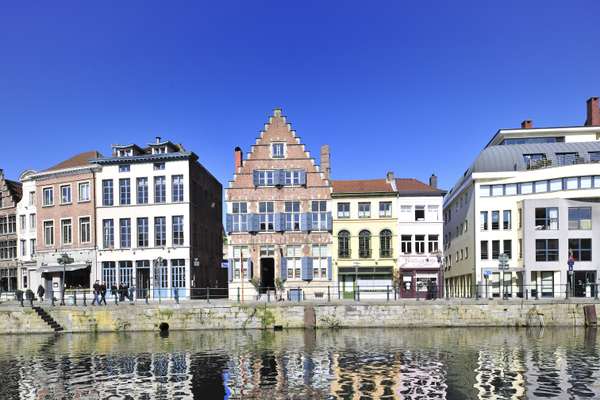
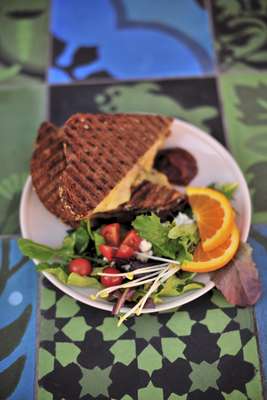
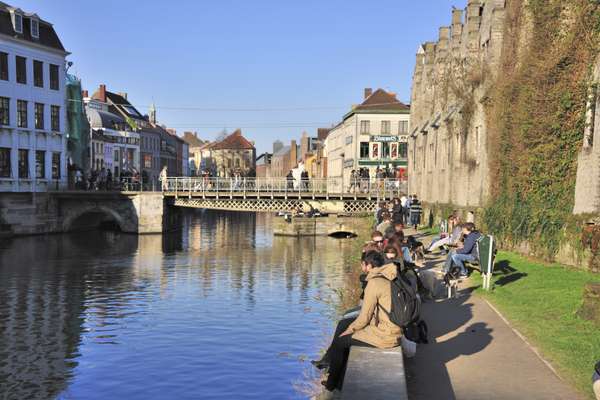
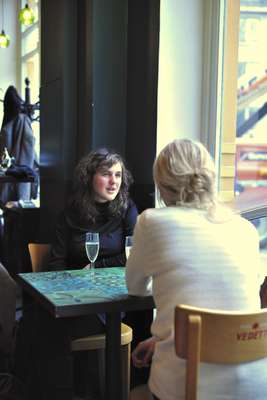
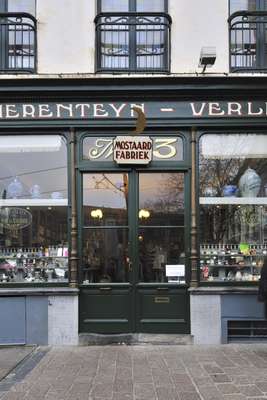
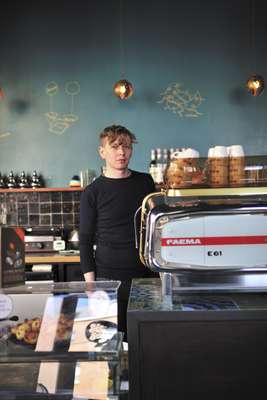


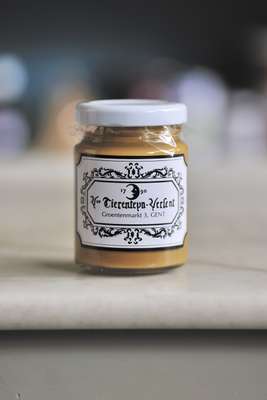
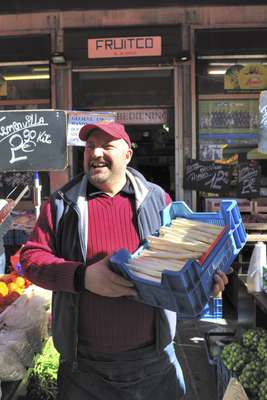
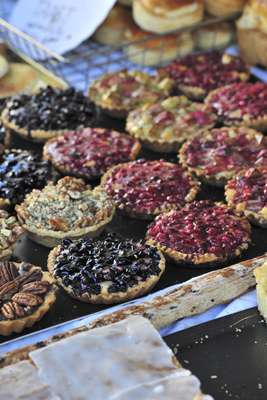
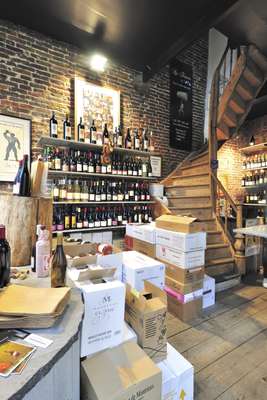
We then stroll across the street to Casa del Capriccio, an Italian delicatessen run by a husband and wife team, where Verheyden has been shopping since he was a student. “We held Italian wine nights and bought wine and fresh pasta here,” he reminisces. Then we head for Groentenmarkt square and pop into the Himschoot bakery, famed for its rogge verdomme (rye bread with raisins). “It’s one of the oldest, the smallest and most crowded bakeries in Ghent,” says Verheyden as he buys a handful of conically shaped pink Belgian sweets called cuberdons, which have a sweet liquid filling.
Dating back to 1790, Tierenteyn-Verlent mustard shop next door is a listed monument. “Every Belgian has a pot of Ghent mustard and brings empty jars to this shop to get a refill. You can only buy it here,” says Verheyden.
It is said that the origin of Ghent mustard stems from when a member of the Tierenteyn-Verlent family served in Dijon with the French military during Napoleonic times. He brought back to Belgium the Dijon technique of making mustard that is used in the Tierenteyn-Verlent shop today. The business is now run by Catherine Caesens, whose father bought it in 1958. Each week she makes 400kg of the preservative-free mustard from the original recipe in the basement of the shop.
We stop for lunch at Nzet. “It’s run by Mauro Menichetti, an Italian who used to be my boss when I worked as a commis chef. I like his back-to-basics style of cooking,” he says between courses of lobster risotto, pigeon and asperges op Vlaamse wijze, Flemish-style white asparagus cooked with hard-boiled eggs and melted butter – Menichetti’s version comes with a soft-boiled egg.
Then we cross the road to Les Trésors, a wine shop run by Bernard Balcaen that only stocks vins naturels. “To make natural wines, no sugar, foreign yeasts or sulphur dioxide is used. It is legally classified as a wine but is very different to the wine styles people are used to drinking. I am going to theme an issue of the magazine about this as it’s an extremely controversial topic,” says Verheyden as he sips one of his preferred tipples, a red Poulsard from Pierre Overnoy who sells only a limited number of bottles a year to each client. These wines can also be drunk at leisure in La Buvette, a cosy wine bar next door that is run by Bernard’s fiancée, Natacha De Vreese.
For a quick cappuccino, we pop into Simon Says, a café with an emphasis on local suppliers – quiches are made across the road by a husband and wife team and organic cheese is supplied by an artisanal Ghent producer called Het Hinkelspel.
The end of the afternoon calls for a stiff drink and we head to 't Dreupelkot, a bar that specialises in jenever. “Jenever is a gin made from barley that has a malty, oaky taste. It’s a product of Flanders and Holland. The guy who runs the bar is one of Ghent’s great characters,” says Verheyden.
Pol Rysenaer, the owner, is indeed larger than life. While smoking a cigar, he mans the bar that stocks over 250 types of jenever in flavours including raspberry and even chocolate. All can be bought at his nearby shop Beer and Gin House. Jenever is drunk at room temperature and there’s just time for a quick toast before Verheyden heads off to close his German Riesling-themed issue.
Neighbourhood
The vibrant, traffic-free neighbourhood of St Jacobs takes its name from the Gothic 12th-century church of the same name where the area’s cluster of winding streets converge. The main Vrijdagmarkt square was the political heart of Ghent during the Middle Ages and is now home to the city’s biggest flea market. Across the narrow Leie river, on the edge of the St Jacobs neighbourhood, is Oudburg, a street with a Turkish community and a hub for the creative new establishments that have opened here in the past five to 10 years.
Address book
A Fruitco
Kammerstraat 3,
+ 32 92 259 145
B Casa del Capriccio
Sint-Jacobsnieuwstraat 2,
+ 32 92 243 235
C Himschoot
Groentenmarkt 1,
+ 32 475 523 719
D Tierenteyn-Verlent
Groentenmarkt 3,
+ 32 922 583 36
E Nzet
Oudburg 58,
+ 32 497 926 797
F Les Trésors
Oudburg 55,
+ 32 477 933 447
G La Buvette
Oudburg 51,
+ 32 476 249 090
H Simon Says
Sluizeken 8,
+ 32 923 303 43
I ’t Dreupelkot
Groentenmarkt 12,
+ 32 922 421 20
J Beer and Gin House
Kraanlei 27,
+ 32 922 514 25

